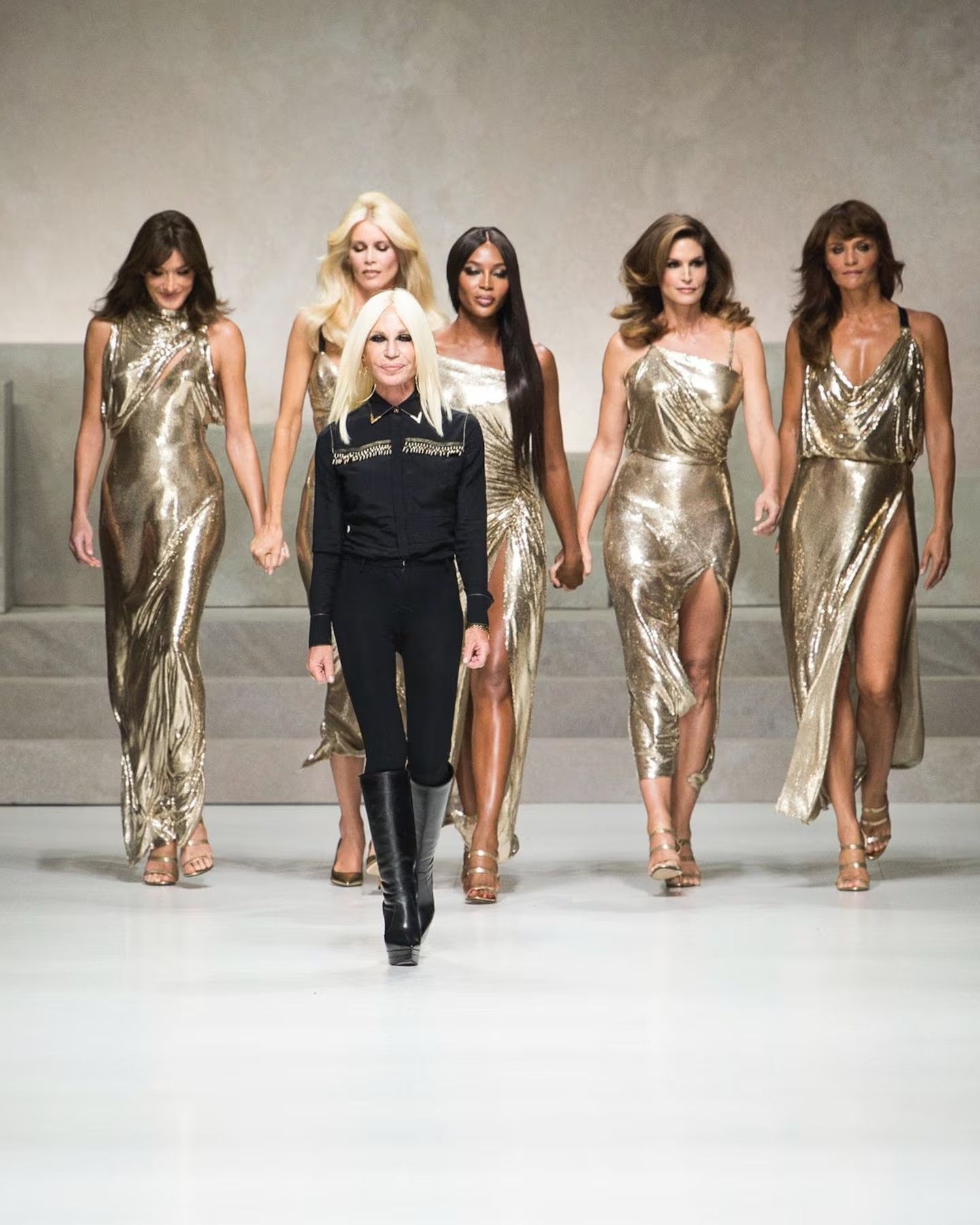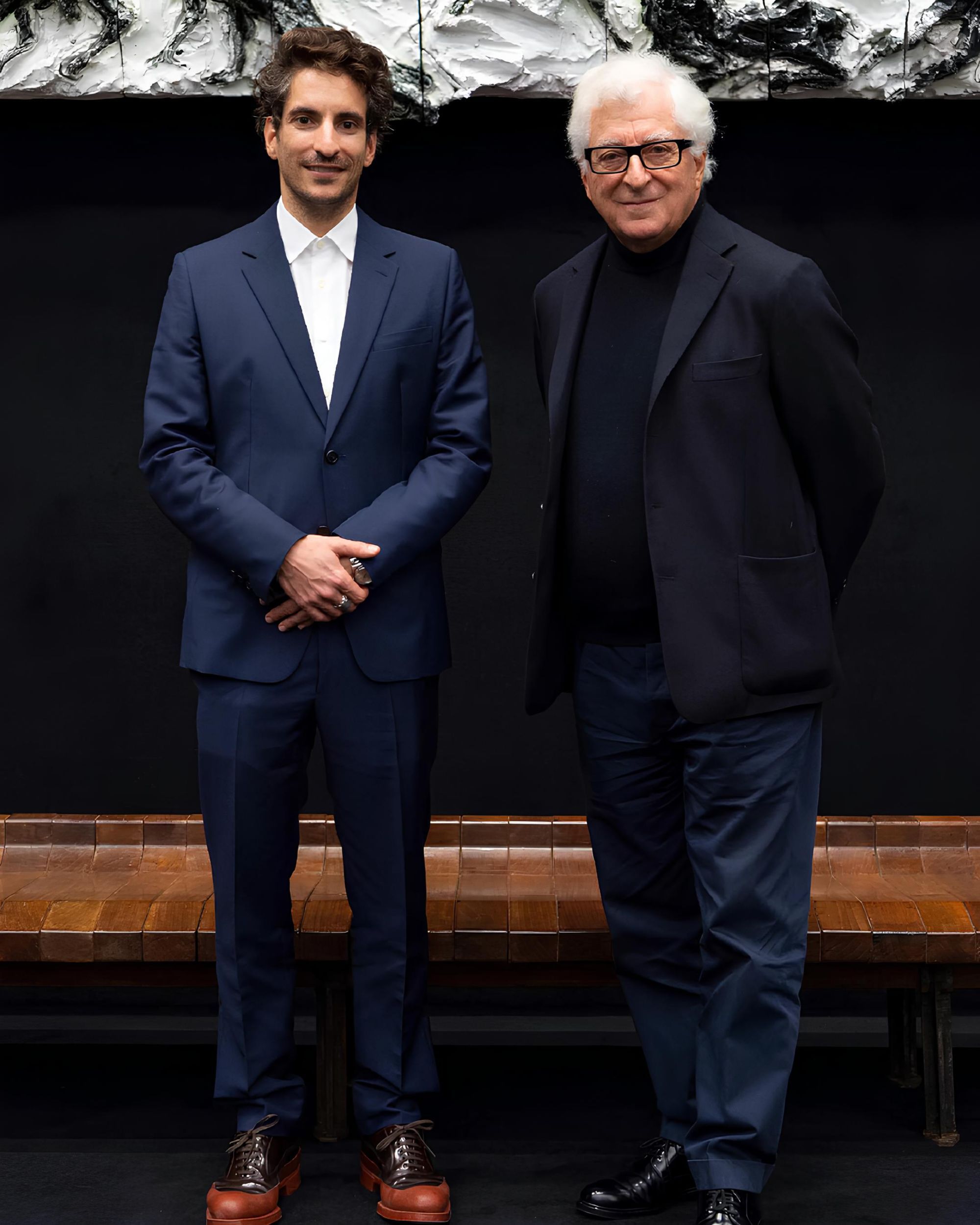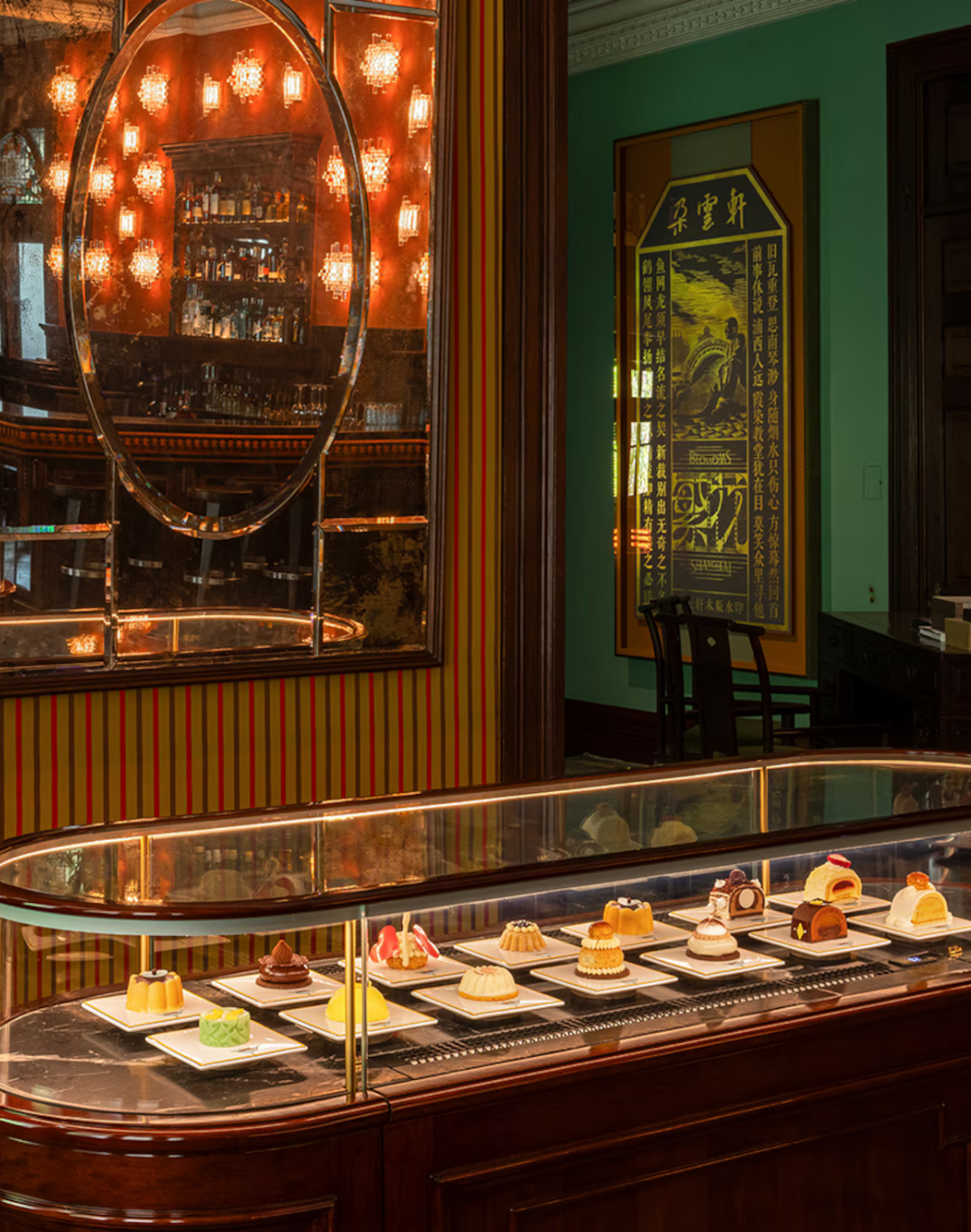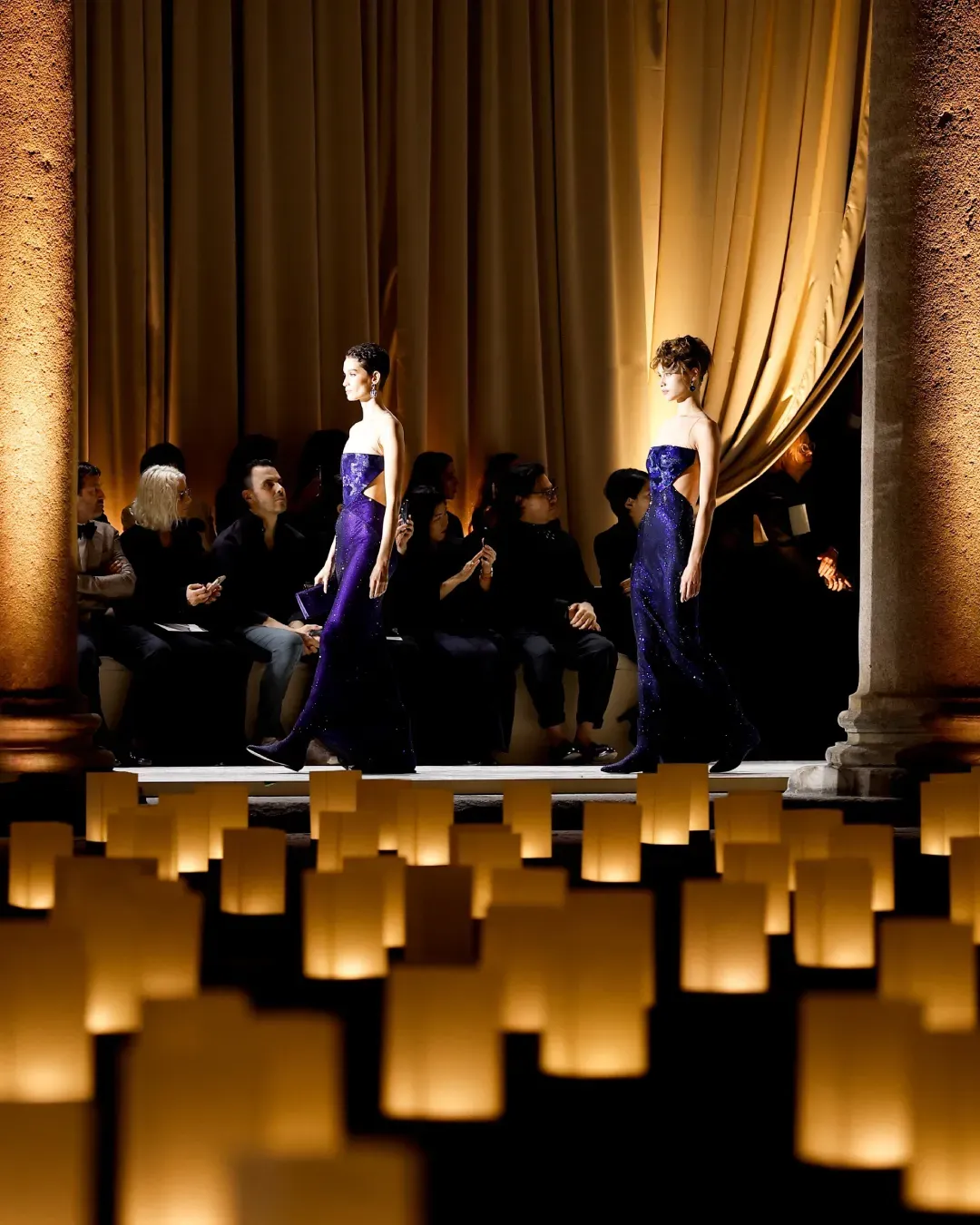
Prada Marfa turns 10 from niche work to global myth
Prada Marfa turns 10. The iconic installation, work of artist duo Michael Elmgreen and Ingar Dragset, represents one of the most fascinating paradoxes of art in the age of consumerism: it’s a shop with no customers, but with thousands of visitors, in the middle of the desert of Texas, close to the city of Marfa, of course.
The structure, built in 2005 with the help of architects Ronald Rael and Virginia San Fratello, cost 80,000 $ and was intended never to be repaired, but consumed by the inexorable passing of time. The work, however, was a victim of vandalism twice, forcing the authors to bring it rapidly back to its original state. The most interesting aspect of the whole project is undoubtedly the relationship between the artist and the brand, Prada.
Contrary to what many may think, the work was not commissioned by Miuccia Prada, but the Italian designer immediately liked the idea, leaving the two artists free to use the logo of her brand without any legal consequence. In 2014 the work was accused of being an illegal billboard, problem solved when the building was labelled as Museum shortly afterwards.
In an exclusive interview with magazine Dazed & Confused, the two artists revealed to Emma Hope Allwood what has actually gone behind the scenes of the work that redefined forever the ethical boundaries of pop art. We find out for example that Miuccia herself selected and sent to Texas the accessories from the AW 2005 collection which were used for the windows of the installation: “Miuccia herself selected things that were really cleverly chosen in the sandy colours because it’s in the middle of the Texan desert, where everything has these dusty, earthy colour tones. So the bags and the shoes from that AW05 collection had pieces that would correspond to that colour scheme” Elmgreen says. “She was very generous, she wrote us a letter that said you can use the logo freely and we’re not going to run after you and sue you. It was a different situation than being commissioned by Prada” he adds.
Even after the first attack of vandalism, Miss Prada never stopped supporting the project: “We were very quite shocked and saddened by the first news three days after the opening that basically it had been robbed – someone drove a truck up to the door and pulled it out and ran away with the left foot shoes and the bags, luckily they had the right foot shoes to replace the products and Mrs Prada sent more bags” and so did the local people: “It was quite easily renovated, and the local community really wanted it to be renovated” Elmgreen confirms .
Contrary to the initial expectations, the logo emblem of the installation became a status symbol: “We never thought it would get so much attention and mean so much for our production as it has. Suddenly the signage with the miles to Prada Marfa was part of Gossip Girl and then Beyoncé took a selfie in front of it and then it went totally out of proportion, and it became so Instagrammed and something people were travelling to” the two confess.
When the work was created, in 2005, Instagram and Facebook were just a mirage. The way the structure is perceived today has therefore changed a lot: from contemporary art’s Mecca to a-good-excuse-to-take-another-selfie is a short step, but the authors were able to understand and even appreciate the media evolution of their work: “We don’t mind because we believe that the ideas behind the work survive and hopefully make more people interested in contemporary art and the potential of contemporary art as well” Dragset affirms.
The media power of the work led numerous brands to approach the two designers for similar interests during the years, but the artistic ethics of the two prevailed. Only Prada has had the privilege of being chosen without even asking, and, since the two artists are American, some Italian pride is allowed.
















































